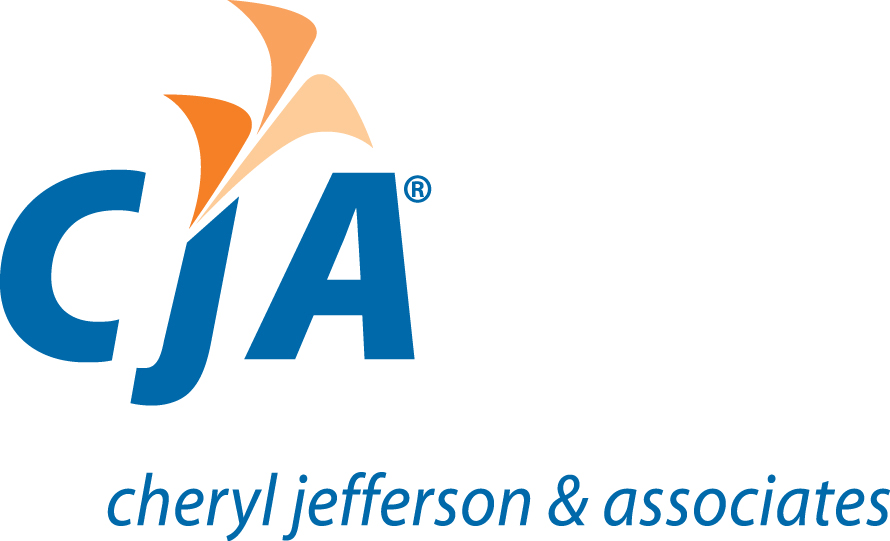This is the typical process that federal contractors adhere to in order to become and remain DCAA compliant.
1. Complete the Pre-award Survey of Prospective Contractor Accounting System Checklist.
a. This survey is a checklist of the DCAA requirements of contractor’s accounting systems. Be sure to address all no responses.
b. For more information on the requirements found in this survey read page 13 of Information for Contractors.
http://www.dcaa.mil/DCAAM_7641.90.pdf
2. Review the company’s timekeeping policies with DCAA requirements.
a. Guidance can be found on page 16 of the Information for Contractors
http://www.dcaa.mil/DCAAM_7641.90.pdf
b. Visit this link for an overview of what to expect from the DCAA in regards to timekeeping.
http://www.dcaa.mil/small_business/Labor_Evaluations.pdf
3. The Defense Contract Management Agency (DCMA) may evaluate the company to determine the financial risk of the company. The Information for Contractors gives a brief overview on page 12.
http://www.dcaa.mil/DCAAM_7641.90.pdf
4. Review the goals of the company to determine the type of contract that will best suit the company.
5. Submit a price proposal in response to a Request for Proposal (RFP)*
a. Use the format provided by FAR 15.408
http://www.acquisition.gov/far/loadmainre.html
b. Evaluate the price proposal before submitting using the following adequacy checklist.
DFARS 252.215-7009 Proposal Adequacy Checklist
Note: It is important to be able to support the proposed costs of a price proposal, as the contractor is solely responsible for the burden of proof.
http://www.dcaa.mil/DCAAM_7641.90.pdf(page 21)
6. Determine whether Cost Accounting Standards (CAS) will need to be followed.
a. Use the chart on page 36 of the Information for Contractors for guidance on whether CAS is required.
For contract type descriptions review FAR section 16
FAR Part 16 – Types of Contracts
b. If CAS is required, use FAR part 30 – Cost Accounting Standards Administration as a guide.
http://www.ecfr.gov/cgi-bin/text-idx?c=ecfr&SID=2e591b18aafad391b530cc886a066a67&rgn=div5&view=text&node=48:7.0.11.26.5&idno=48
c. After submitting a proposal, re-evaluate whether the terms of the contract have changed the evaluation results from above.
7. Submit a Provisional Billing Rate if the contract requires interim reimbursements per FAR 42.704.*
a. The individual responsible for the final indirect cost rate should be the same individual who submits the provisional billing rate
http://www.acquisition.gov/far/loadmainre.html
b. Once a provisional billing rate agreement has been received, the rates may be revised by mutual agreement between the contractor and auditor/contracting officer.
http://www.acquisition.gov/far/loadmainre.html
8. Claims for reimbursements (invoices submitted to the government) should be submitted as determined by the contract terms.
http://www.dcaa.mil/DCAAM_7641.90.pdf (page 41)
9. Submit the Incurred Cost Proposal
a. Also known as ICE (Incurred Cost Electronically) Model or incurred cost submission
b. Due within 6 months after the close of the contractor’s fiscal year if FAR clause 52.216-7 is in one of your contracts.
http://www.dcaa.mil/DCAAM_7641.90.pdf (page 66)
c. The information submitted in the incurred cost proposal supports the contractor signed Certificate of Final Indirect Costs.
http://www.dcaa.mil/DCAAM_7641.90.pdf (page 66)
d. Keep in touch with your contracting officer to stay on top of the final indirect rate agreement as per FAR 42.705-1.
http://www.acquisition.gov/far/loadmainre.html
10. Completion Voucher
a. The voucher needs to be submitted within 120 days after the final indirect rate listed above has been settled per FAR 42.705.
http://www.acquisition.gov/far/loadmainre.html
b. An example is provided on page 57 of the Information for Contractors.
http://www.dcaa.mil/DCAAM_7641.90.pdf
*For submitted items without due dates, contact the contracting officer for due dates.
